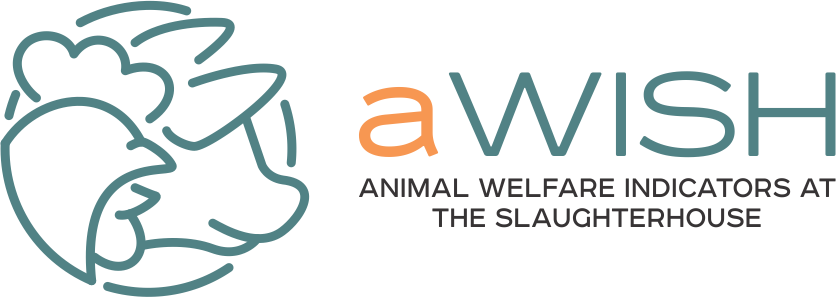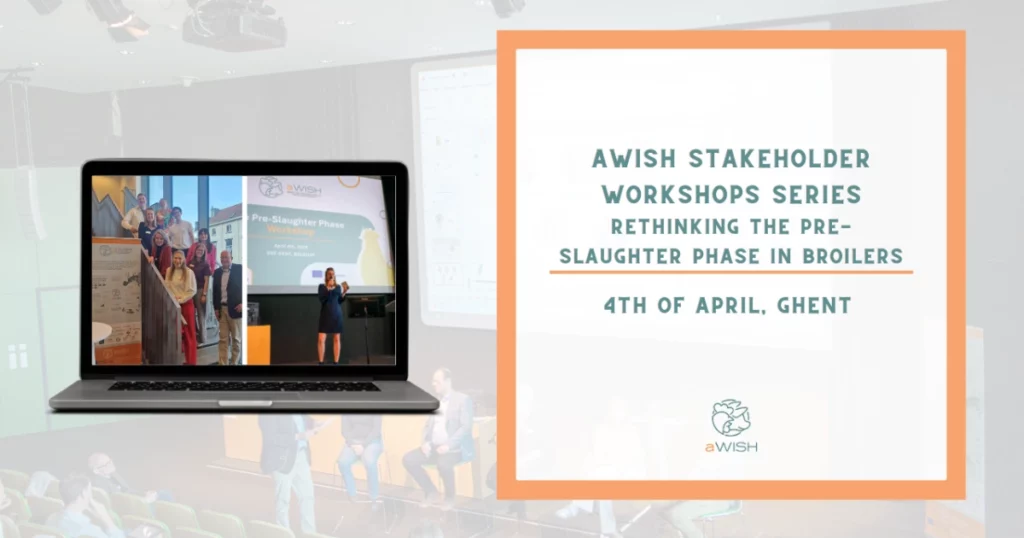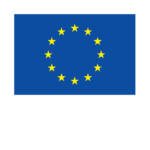The workshop provided an essential platform to foster open dialogue, cross-sector collaboration, and the identification of viable solutions aimed at enhancing animal welfare without compromising operational efficiency.
The event commenced with a series of presentations highlighting current and past scientific research, posing the crucial question of how welfare can be improved during the pre-slaughter phase. The workshop showcased monitoring options and best-practice guidelines developed within the aWISH project. Additionally, insights from the KIPVANG project on various catching methods in Flanders (Frank Tuyttens, ILVO/UGent) and an overview of the pre-slaughter conditions in Norway (Käthe Kittelsen, ANIMALIA) were presented. The key takeaway from these presentations was clear: no single solution exists. A multifaceted approach, involving collaboration among all stakeholders and incorporating recent advancements in technology and knowledge, is necessary moving forward.
At the heart of the workshop was an engaging interactive session, where participants grouped across different roles discussed challenges and potential improvements in supply chain processes, scientific research, and policy frameworks. Major welfare concerns identified included human factors, genetic vulnerabilities in broilers, crate design issues, and inadequate transport conditions. Immediate recommendations encompassed enhanced training for handlers, standardized crate designs, and improved transportation conditions.
Participants also outlined longer-term strategies, such as genetic advancements for breeding more resilient birds and implementing innovative technologies, such as automated catching through robots, and the implementation of artificial intelligence.
Regarding research and policy, there was clear consensus on prioritizing technological innovations, such as AI-based monitoring systems and optimized catching machinery, highlighting their practical and economic feasibility in industry settings. Participants acknowledged that existing regulatory frameworks sometimes unintentionally impede welfare improvements due to ambiguities or insufficient clarity. Therefore, they suggested clearer guidelines and stricter regulations, particularly concerning transport density, handling practices, and international import standards, to foster a fair competitive environment and ensure consistent welfare improvements. Moreover, several groups underscored the
importance of learning from mistakes and transitioning from purely punitive approaches to systems that incorporate both penalties and rewards. Open dialogue, strategic thinking, and collective action were identified as essential for fostering stronger partnerships and improving overall welfare standards.
Following the interactive discussions, an insightful intermezzo featured three concise webinar-style presentations, offering practical and policy-oriented perspectives. Marien Gerritzen (WUR) addressed the prevalence and causes of catching-related injuries, Virginie Michel (Anses) presented regulatory and scientific insights from EURCAW-Poultry-SFA and EFSA, and Aurelia Zimmermann (Micarna) shared practical experiences with upright catching methods at the Swiss Micarna group, highlighting successes and ongoing
challenges.
Bas Rodenburg (University of Utrecht) moderated the concluding panel debate, which brought together diverse viewpoints from industry (Birthe Steenberg, AVEC), science (Käthe Kittelsen, ANIMALIA), policy and societal interests (Eelco Bos, Beter Leven), legislative frameworks (Karlien De Paepe, Flemish Government), and ethics (Koen Margodt, ethicist). The debate underscored critical themes, including the necessity of transparency in the sector and the importance of involving a wider range of stakeholders, notably technology providers, in welfare discussions.
Feedback from participants was positive, with many expressing a desire for an extended event—a testament to the relevance and impact of the discussions. Consequently, the event successfully highlighted significant potential pathways for improvement, creating a collaborative environment emphasizing innovation, clear policy and scientific guidance, defined goals, and shared responsibility. This collective approach is vital for advancing animal welfare in broiler pre-slaughter processes without compromising existing efficiency standards.


